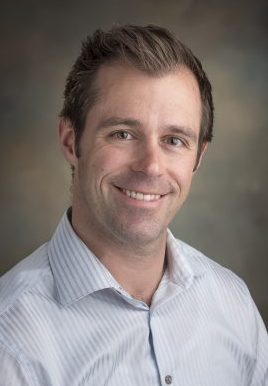About
My project closely analyzes several popular literary writers in the long nineteenth century who were simultaneously involved in contemporary scientific discussions and spiritualist and theosophical movements: Florence Marryat, Arthur Conan Doyle, Marie Corelli, and Helena Petrovna Blavatsky, to name a few. Specifically, I am interested in how these authors marshalled popular literary genres and forms to illustrate, modify, and expand the notion of the scientific imagination, which was given fresh impetus and shape by the renowned physicist John Tyndall near the turn of the century.
Utilizing a variety of sources – fictional serials, novels, essays, and lectures – my project explores the influence that extraordinary narratives could have upon scientific theory and method, and the ways that reading practices, given shape by alternative spiritualities, hoped to direct scientific understanding. My work builds upon recent scholarship that challenges secularization as an inevitable consequence of modernization and calls to examine the aesthetic form of spiritualist and theosophical writings as enacting and embodying a diverse range of (sometimes conflicting) power networks and imports, whether religious, imperial, or otherwise.
